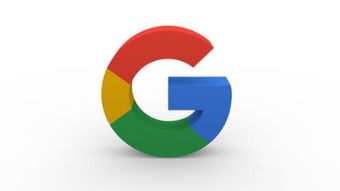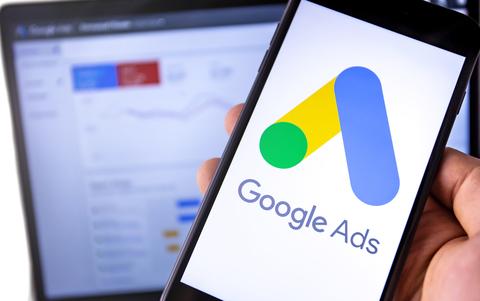Understanding the Basics of Paying for Google Ads

Are you considering advertising on Google Ads but unsure about the process? Paying for Google Ads can be a bit overwhelming at first, but with the right information, you can navigate it smoothly. Let’s dive into the details.
How Google Ads Works

Google Ads operates on a pay-per-click (PPC) model. This means you only pay when someone clicks on your ad. The cost per click (CPC) varies depending on several factors, including your bid, the competition for the keyword, and the quality of your ad.
Setting Up Your Google Ads Account

To start paying for Google Ads, you need to create an account. Here’s a step-by-step guide:
- Visit the Google Ads website and click on “Start now.”
- Sign in with your Google account or create a new one.
- Choose your advertising goals, such as increasing website traffic, generating leads, or promoting a sale.
- Set up your billing information. You can pay with a credit card, debit card, or PayPal.
Choosing Your Campaign Type
Google Ads offers various campaign types, including:
- Search campaigns: These appear on Google’s search engine results pages (SERPs) when someone searches for keywords related to your business.
- Display campaigns: These appear on websites and apps that are part of the Google Display Network, reaching a broader audience.
- Shopping campaigns: These showcase your products on Google Shopping and help potential customers find your products when they’re searching for similar items.
- Video campaigns: These appear on YouTube and other video platforms, reaching users who are interested in your products or services.
Setting Your Budget and Bids
When paying for Google Ads, you need to set a budget and bids. Here’s what you need to know:
- Budget: This is the maximum amount you’re willing to spend on your campaigns per day, week, or month. You can adjust your budget at any time.
- Bids: This is the maximum amount you’re willing to pay for a click on your ad. Your bid will determine where your ad appears on the SERPs compared to your competitors.
Creating Your Ads
Your ad is the face of your campaign. Here’s what you need to create an effective ad:
- Headline: A catchy, compelling headline that grabs attention.
- Text: A concise description of your product or service.
- Display URL: The URL of your website that users will see in your ad.
- Final URL: The actual URL users will be directed to when they click on your ad.
Choosing Your Keywords
Keywords are the foundation of your Google Ads campaign. They determine when your ad will appear on the SERPs. Here’s how to choose the right keywords:
- Research: Use tools like Google Keyword Planner to find relevant keywords.
- Competitor Analysis: Analyze your competitors’ keywords to identify opportunities.
- Long-Tail Keywords: Consider using long-tail keywords to target a more specific audience.
Monitoring and Optimizing Your Campaign
Once your campaign is live, it’s essential to monitor its performance and make adjustments as needed. Here’s what you can do:
- Track Performance: Use Google Ads reporting tools to analyze your campaign’s performance.
- Adjust Bids: Increase or decrease your bids based on the performance of your keywords.
- Optimize Your Ads: Test different ad variations to see which performs best.
Table: Google Ads Pricing Structure
| Ad Type | Cost Per Click (CPC) | Cost Per Impression (CP |
|---|


